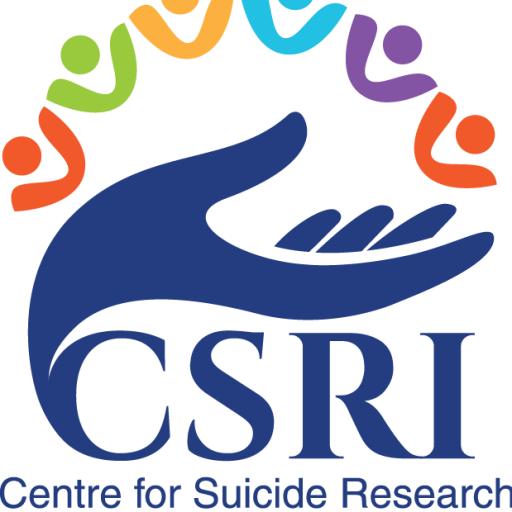Self help strategies for coping with self harm
Struggling with the urge to self-harm can feel overwhelming, but there are strategies you can employ to help navigate these difficult moments. Remember, what works for one person may not work for another, so it’s essential to explore and find the techniques that resonate with you. Here are some self-help strategies to consider:
Delay
When the urge to self-harm arises, try delaying the action. Start with a short delay, perhaps ten minutes, and gradually increase the time as you become more comfortable. Giving yourself space and time can provide an opportunity to explore alternative coping mechanisms.
Distract
Distraction can be a powerful tool in managing self-harm urges. When you feel the urge to self-harm, try redirecting your focus to other activities. Here are some distraction techniques to consider:
– Visit a self-help website or online community for support.
– Reach out to a friend or loved one for a chat.
– Engage in physical activities like running, dancing, or playing with a pet.
– Spend time in nature to ground yourself.
– Listen to soothing music or sounds.
– Write down your feelings in a journal or letter, then destroy it.
– Practice self-soothing techniques such as massage or taking a warm bath.
Remember, the key is to find distractions that work for you and incorporate them into your routine.
Divert
If delaying or distracting yourself feels challenging, consider diverting your urge to self-harm by engaging in alternative behaviors that provide similar sensations without causing harm. Here are some diversion techniques to try:
– Draw on your skin instead of cutting.
– Hold ice cubes or take a cold shower to experience a different sensation.
– Eat something with a strong taste to stimulate your senses.
– Engage in physical activities like punching a cushion or squeezing a stress ball.
Experiment with these diversion techniques to discover what resonates with you and add them to your repertoire.
Deep Breathe
Deep breathing can help calm your mind and body, reducing the intensity of self-harm urges. Find a comfortable position and focus on your breath. Inhale deeply through your nose, allowing your abdomen to expand, then exhale slowly through your mouth, making your out-breath longer than your in-breath.
Explore various deep breathing exercises and relaxation techniques to find what works best for you. Resources like YouTube, or mindfulness apps can offer guided practices to support your journey.
Look after yourself
In addition to coping strategies, prioritizing self-care is crucial for maintaining overall well-being. Here are some self-care practices to incorporate into your routine:
– Connect with trusted health professionals who can provide support and guidance.
– Engage in regular physical activity to boost your mood and reduce stress.
– Maintain a balanced diet and ensure you’re getting enough sleep.
– Express your feelings through creative outlets like art or writing.
– Make time for activities that bring you joy and fulfillment, even during challenging times.
Remember, self-care is not selfish; it’s essential for your mental and emotional health. Prioritize your well-being and seek support when needed. In conclusion, coping with self-harm urges can be challenging, but by employing self-help strategies, practicing self-care, and reaching out for support, you can navigate these difficult moments and cultivate healthier coping mechanisms. Experiment with different techniques, be patient with yourself, and remember that healing is a journey.

